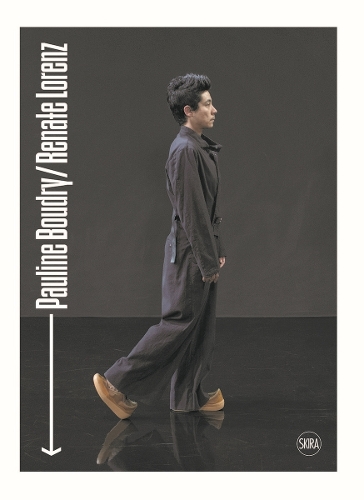
Pauline Boudry / Renate Lorenz: Charlotte Laubard
(Hardback)
Publishing Details
Pauline Boudry / Renate Lorenz: Charlotte Laubard
Skira
Skira
1st February 2020
Italy
Classifications
Physical Properties
Hardback
104
Width 225mm, Height 310mm
760g
Description
The catalogue of the Swiss Pavilion at the 58th International Art Exhibition - La Biennale di Venezia. At the 58th International Art Exhibition - La Biennale di Venezia, artist duo Pauline Boudry / Renate Lorenz will transform the Swiss Pavilion into a vast immersive installation; entitled Moving Backwards, the project explores, in a time of massive withdrawal, resistance practices, combining guerrilla techniques, postmodern choreography and urban dance, as well as elements of queer underground culture. Since the beginning of their collaboration in 2007, Pauline Boudry / Renate Lorenz have been continuously reflecting on the visibility and the existence of the other beyond the binarisms and categories that define our identities. Through filming and staging their performances in installations, the artist duo seeks to reveal what, in the constructed and composite character of identities, can undo our stereotypical representations in order to consider new relationships and to invent new modes of coexistence. The exhibition reflects on the current political situation, characterised by its regressive and reactionary forces of closure towards the other and towards difference. Faced with the scale of this recent backlash, the artists, instead of practicing an outright opposition, suggest "backward movements," as a potential tool for producing alternative forms of resistance and action.
Author Bio
Charlotte Laubard is the curator of the Swiss Pavilion at the 58th International Art Exhibition - La Biennale di Venezia. Pauline Boudry / Renate Lorenz have been working together in Berlin since 2007. They upset normative historical narratives and conventions of spectatorship, via figures and actions that are staged, layered and re-imagined across time. Their performers are choreographers, artists and musicians, with whom they are engaging in long-term conversations about the conditions of performance, the violent history of visibility and the pathologisation of bodies, while also exploring companionship, glamour and resistance.
